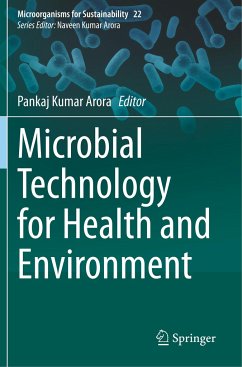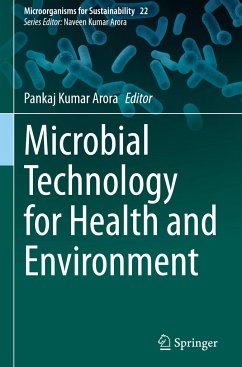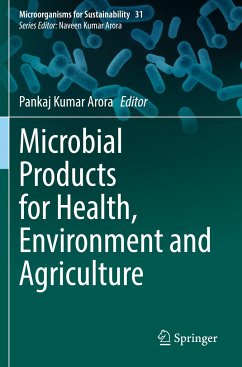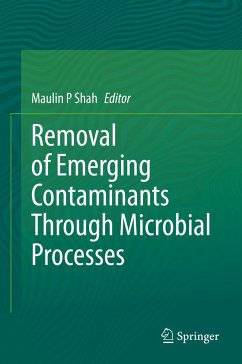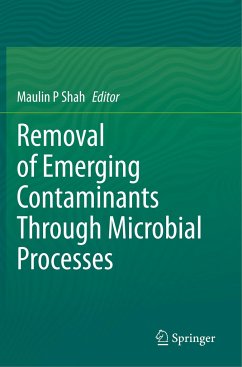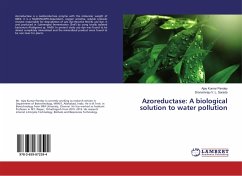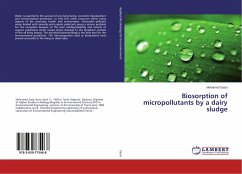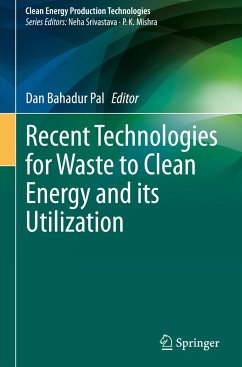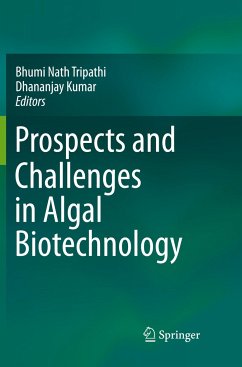
Benzotriazole and Sulfamethoxazole
Biodegradation of polar, non-adsorptive xenobiotic micropollutants with activated sludge communities and pure cultures
Versandkostenfrei!
Versandfertig in 6-10 Tagen
53,99 €
inkl. MwSt.

PAYBACK Punkte
27 °P sammeln!
The xenobiotic micropollutants benzotriazole (BT) and the antibiotic sulfamethoxazole (SMX) are almost omnipresent in aquatic systems, including drinking water. Thus, the question how to cope with these problems, arises. Therefore, this study evaluates the potential of activated sludge communities (ASCs) and pure cultures to biodegrade three different BTs and SMX. Firstly, wastewater treatment plants were monitored for their BTs removal efficiency. Subsequently, laboratory setups, performed with a cost-efficient UV-absorbance-based measurement system, were established. The results showed that ...
The xenobiotic micropollutants benzotriazole (BT) and the antibiotic sulfamethoxazole (SMX) are almost omnipresent in aquatic systems, including drinking water. Thus, the question how to cope with these problems, arises. Therefore, this study evaluates the potential of activated sludge communities (ASCs) and pure cultures to biodegrade three different BTs and SMX. Firstly, wastewater treatment plants were monitored for their BTs removal efficiency. Subsequently, laboratory setups, performed with a cost-efficient UV-absorbance-based measurement system, were established. The results showed that two BTs were aerobically biodegraded in ASCs but not under denitrifying or anaerobic conditions, while one was biologically stable. Additional experiments showed nutrients, especially nitrogen, as well as acclimation to be crucial for biodegradation. Finally, a metagenomic analysis of the ASC revealed four dominant species. To evaluate SMX biodegradation, nine different bacteria species wereisolated from ASCs and were incubated in different media containing 10 mg L-1 SMX. The species revealed high biodegradation rates being dependent on carbon and nitrogen concentrations.



